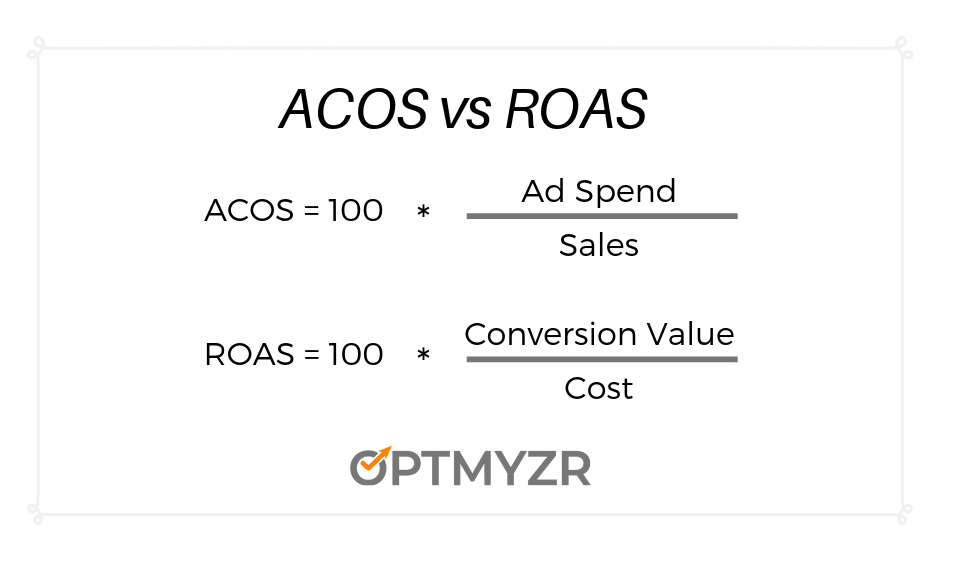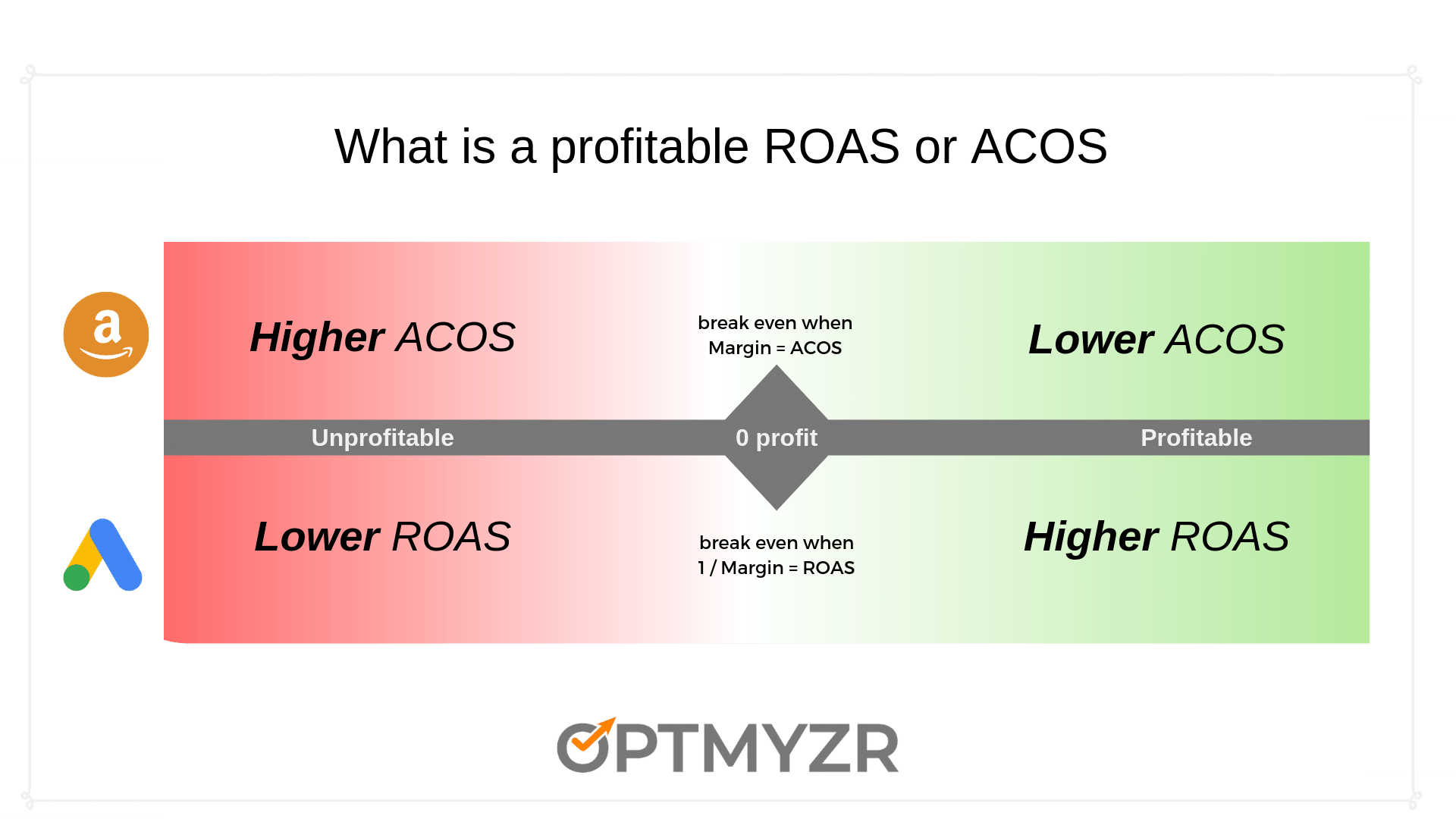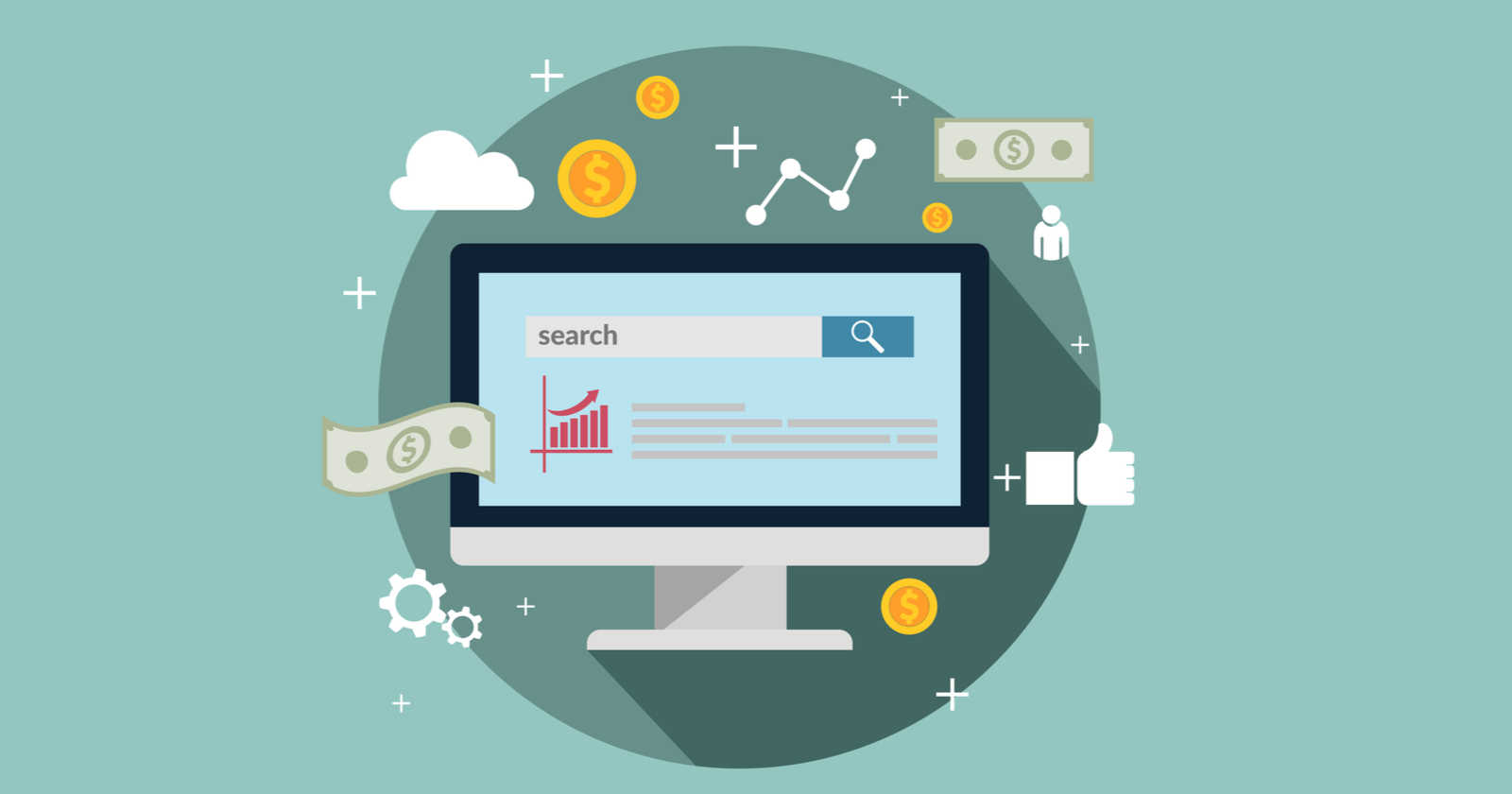It’s no surprise that Google, with its massive capabilities in machine learning, is pushing hard to take as much control over PPC bid management as possible.
They believe that by letting the machines handle number-crunching and pattern recognition, advertisers will get better results.
And having more happy advertisers obviously helps the bottom line and makes Google and their investors happy, too.
But when bids are automated, it does not mean that PPC is automated. Good news indeed for those of us worried about our future prospects as PPC rockstars.
There are important things to know about automated bid management and I’m going to share a few here based on conversations with advertisers who expressed surprise when our tools and scripts uncovered some aspect of bid automation they were unaware of.
1. You Can Lose a Huge Impression Share (IS) with Automated Bids
I’m not sure I can explain why, but some advertisers I speak with believe that once they turn on automated bidding from Google, the things they used to worry about in the past will all of a sudden take care of themselves.
Impression Share is a good example.
Advertisers on manual bidding monitor this metric as an indicator of missed opportunity.
After they enable automated bidding, they stop monitoring it, and when their account later goes through a PPC audit, they are surprised to find there is a lot of lost IS.
There can be many reasons for lost IS, but the key point is that automated bidding only works to try and set the appropriate bids based on what it knows about the person doing the query (probability of conversion rate), and the value the advertiser may get from the conversion (predicted value of a click).
Bids may be increased when a competitor’s actions lead to changes in expected conversion rate and value per click, but the bid automation will also try to stay within the bounds determined by the advertiser’s targets for CPA or ROAS.
So if a competitor raises bids there is no guarantee the automation will be able to respond and more impression share may be lost.
Bid Automations Are Bad at Sharing Insights with Advertisers
If conversion rate drops after the launch of a new landing page, bid automation will dial back bids so it can continue to deliver conversions at the desired target, but it will not tell the advertiser that their new landing pages are terrible, and so more impression share may be lost.
But until an alert is triggered, for example using a tool like Optmyzr, or until the advertiser notices a drop in volume, they may have become so disconnected from what’s happening in their account that they find themselves shocked to see that they have lots of lost impression share even when they assumed that bid automation was handling things.
The bottom line is that advertisers should continue to care about details.
They should monitor metrics like conversion rate, IS, etc because these are INPUTS and OUTPUTS of automated bidding but they are not the things that are automated.
2. Bad Targets Are Just as Bad as Bad Bids
The previous point covered how externalities like changes to a landing page, changes in consumer behavior, or changes by competitors can cause problems with automated bidding.
But the reason can also be related to the bids themselves.
Issues arise when targets are set badly. Think about the first campaign you ever managed and how you set the CPC bids for that.
It probably wasn’t scientific or based on expected conversion rates because you were so new to PPC that you’d simply be guessing (or relying on third-party data).
So most of us, when we set our first bid, we probably used the Goldilocks principle and we picked a number that felt good… not too high, but also not too low.
This was OK because the day after, we’d log back into Google Ads to check results. If we saw that we were getting a ton of clicks but very few conversions, we lowered our bid.
Of course, bid automation handles increases and decreases to CPCs, but we are still asked a number at the beginning: what is your target from which the system will then calculate the CPC?
Despite Google’s best efforts to suggest a target based on recent history that is likely to provide continuity in the campaign, many advertisers see automated bidding as a magical system that will help them achieve the results they never could achieve manually before.
They set a target that is too low and then walk away since it’s now automated.
That is a mistake.
Remember that bid automation is fundamentally just about:
- Predicting conversion rates and value per click.
- Using those predictions from a machine learning (ML) system to set the CPC bid that the engine uses to rank ads in the auction.
Knowing this, it should be clear that if you set a bad target, it may lead to bids that are suboptimal:
- If the target is too conservative, you may lose volume.
- if the target is too aggressive, you may reduce profitability.
As with manual bidding, it actually makes sense to monitor the performance and change the target based on what you see.
For accounts managed in Optmyzr (my company), we use an automation layering methodology to identify when automated bidding is losing impression share for parts of the account that drive conversions.
By simply letting advertisers know that there is upside potential if they are willing to get more aggressive with their targets, they can take the right action, or even simply automate this process.
3. Changing Bid Aggressiveness Works Differently for tCPA & tROAS
At the risk of offending many of my readers who are PPC rockstars, the reality is that most of us aren’t that good at math.
I have an engineering degree but I myself have to think quite hard to get PPC math right. And let’s admit it, you probably use a calculator to do the occasional PPC calculation, right?
As we become accustomed to bid automation, we find ourselves more and more removed from the simple math behind the process.
And as a result, when the boss says that we should be more aggressive with our PPC campaigns, we have to actually stop and think how we’d communicate this simple request to Google Ads.
When bids were manual, being more aggressive simply meant increasing the CPC bids.
Then target CPA came along and being more aggressive meant increasing the tCPA.
And then tROAS comes along and being more aggressive meant… decreasing the tROAS!
Ugh, so much for making things easy and consistent, right?
And if you have some clients doing lead gen and others doing ecommerce, you work with both tROAS and tCPA and you better get the direction of your change right.
And to further complicate things, ecommerce companies can also advertise on Amazon where they use ACOS (advertising cost of sales) and may be setting a target for that.
Since ACOS is the inverse of ROAS, it actually moves in the opposite direction, i.e. to get more aggressive, you increase the target ACOS.

Google uses ROAS and Amazon uses ACOS to help advertisers target profitability for their PPC ads.
4. Having One Target ROAS Is Not Enough
And now the next surprise:
One bid doesn’t work for everything.
Do you remember the last time you did manual bid management and used the same bid for every ad group?
Neither do I, because that most likely would have been a pretty dumb thing to do.
In the days of manual bidding, we set different bids because:
- Ad groups converted at different rates.
- Ad groups sold different things with different values to the business.
When setting a bid, we considered both of these factors so we could set sensible bids.
Then automated bidding comes along and we set one target and walk away.
Did business all of a sudden change and somehow all your services and products became equally valuable?
Of course, they didn’t!
This is why Google allows targets to be set at the ad group level. At the very least, you need different targets at the campaign level.
Take Smart Shopping campaigns for example. You should have multiple smart shopping campaigns, each with their own target ROAS so you can set the right bids based on the typical difference in product margin among the many things you sell.
How is the correct tROAS determined?
Well, that depends on your profit margin for each product and the profit you want to make from buying ads on Amazon, Google, and Microsoft.
By setting the right ACOS or ROAS target for your PPC campaign, you can ensure a profitable campaign.
Amazon, as I said before, uses ACOS. And while that’s a new concept for those who’ve been nose down in Google Ads for the better part of the last two decades, it’s actually a really nice and simple concept.
To break even on your ad buy on Amazon, your ACOS should equal the profit margin.
Said another way, if you sell a weighted blanket for $30 and it costs you $20 to buy from the factory, your margin is 33% and you will go from profitability to losing money once you go above a 33% ACOS.
Google and Microsoft Ads use ROAS, the inverse of ACOS. And that makes it much harder to know the right target. The break-even point is when ROAS is equal to the inverse of the margin (that is 1 / margin).
In the example we just used, that means break-even happens at approximately 300% ROAS. But counterintuitively, increasing the tROAS, say to 400% means we’re becoming less aggressive by trying to make more profit.
Conclusion
I’m a big believer in automated bidding. But to use it successfully, you need to do a few things:
- Understand how it works and what it’s trying to do.
- Use automation layering to monitor that it is in fact doing what you expect of it.
- Think of targets as fluid goals that need to evolve as your business changes and use automation layering to vary goals automatically based on business data.
More Resources:
- Smart Bidding in Google Ads: An Up-to-Date Guide
- A Rundown of Your Google Ads Automated Bid Options
- PPC 101: A Complete Guide to PPC Marketing Basics
Image Credits
In-Post Images: Created by author, September 2019




